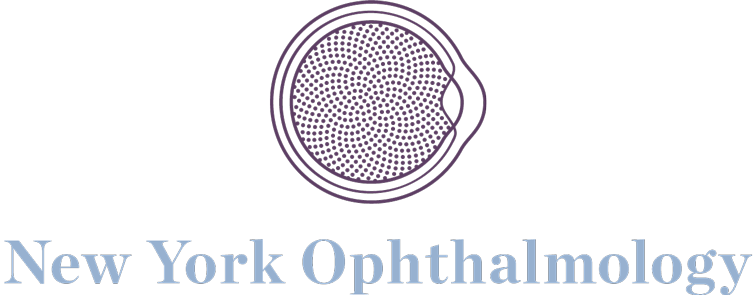In this blog post, we’ll talk a bit more about how remote work may be affecting your eyes. We’ll also share a few tips for reducing digital eyestrain at home, in the office, or anywhere you may find yourself working in the future.
Workplace Eye Wellness in a Remote World
With more people working remotely, reducing digital eyestrain is as important as ever. In a typical office setting, in-person meetings and workplace social functions usually provide a break from screens. However, these activities take place virtually when working remotely. Instead of relieving digital eyestrain, they contribute to it.
Because remote work provides fewer natural opportunities for screen breaks, it’s important to make consciously taking care of your eyes part of your daily routine.
The Dangers of Digital Eyestrain
Digital eyestrain is a combination of symptoms and conditions caused or worsened by looking at screens for too long. Symptoms include:
- Dry eyes
- Headaches
- Blurry vision
- Fatigue
- Eye pain
These symptoms may exacerbate issues related to other eye conditions. Fortunately, they can typically be alleviated by adjusting your workday routine and environment.
8 Ways to Reduce Digital Eyestrain
Throughout your workday, show your eyes a little extra care by following these tips:
- Follow the “20-20-20” rule: Try this famous tip recommended by the American Optometric Association. Every 20 minutes, look at an object 20 feet away for 20 seconds.
- Keep your eyes hydrated: Remember to blink regularly and use artificial tears, if needed.
- Reposition your screen: Make sure your computer screen is an arm’s length away and a few inches below eye level.
- Adjust your lighting: Take advantage of computer settings that increase contrast. Make sure the lighting in your workspace is neither too bright or too dark to work in comfortably.
- Invest in an adjustable chair or monitor: Reduce eye strain and neck pain by choosing a chair or monitor that allows you to adjust your position in relation to your screens. Be sure to swivel your head back and forth throughout the day to diminish neck pain further.
- Reduce glare: Use screen filters or invest in an anti-glare monitor to cut down on glare. Avoid reflections of bright lights or windows.
- Make breaks screen-free: Avoid using screens during breaks to give your eyes a true moment of rest. Close your eyes for a moment, step outdoors for a bit, or take on hands-on tasks like cooking lunch.
- Switch up your space: Take advantage of alternative settings for tasks, like taking phone calls away from your computer or on walks.
If you would like to learn more about preventing and treating conditions related to digital eyestrain, our ophthalmology offices are located in Brooklyn, Washington Heights, and across New York. Please contact us online or call 866-599-8774 to get in touch.
Leave a Reply
